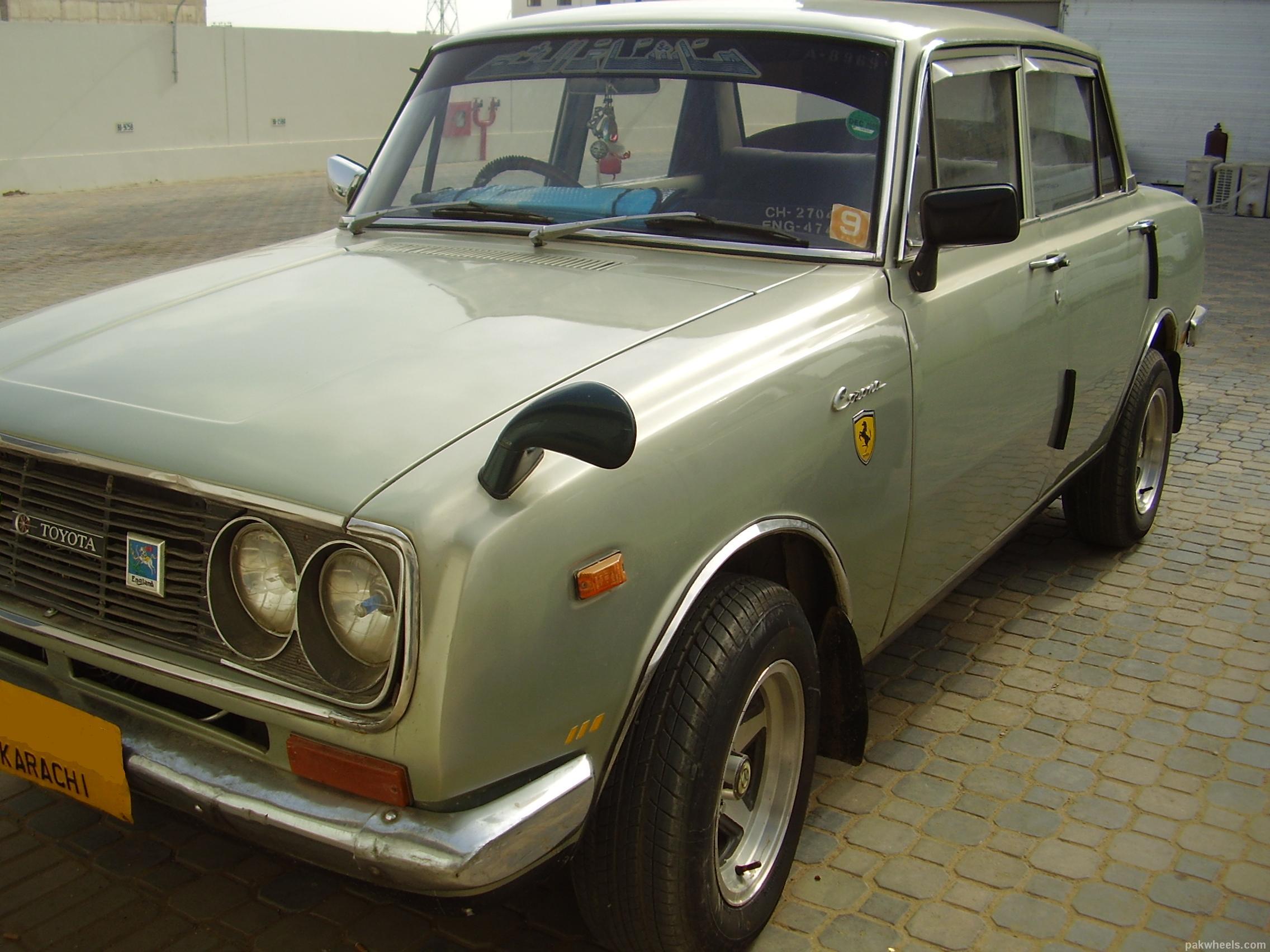
And best of all, according to Road Test, the automatic powertrain worked as intended, providing ease of use without completely decimating performance. While the transmission itself was nothing revolutionary, its application in the economy import market segment was. Toyota saw fit to bring its 2-speed Toyoglide (much like Chevrolet’s Powerglide) to the market as well. For 1967, a new 2-door hardtop body style was introduced, offering sleeker styling than the 4-door sedan without sacrificing too much practicality. market with the Tiara, Toyota was ready with rapid enhancements to the Corona to increase the car’s appeal to American buyers.

Stung by their earlier failure in the U.S. In spite of the early praise, Toyota was not content to rest on their laurels with the Corona. The accolades and word of mouth generated by the Corona would quickly start to change that… Today it is ironic to think that the Road Test editors would need to urge people to put Toyota on their shopping list, but at that time the fledgling brand was far from being an obvious choice.
1966 toyota corona how to#
Imagine the number of beeps you’d hear at an intersection where a new Corona driver was figuring out how to signal his intentions…Ĭalling the Corona a sports sedan was certainly a stretch, though its small size and decent handling certainly would have made it feel nimble and easily controllable, especially compared to swing axle Beetles and larger domestic offerings.ĭeclaring it easy to use, easy to love and a great value to boot, Road Test was quite enthusiastic about the Corona. The turn signal actuator on the horn ring was certainly an odd feature of the early Coronas. While the engine was totally conventional, it was effective in offering less of a trade-off between power and economy than was normally expected in that car class at the time. One of the best aspects of the new Corona was its relatively powerful engine, which handily beat all of its imported challengers in performance. Road Test served up a very comprehensive look at the new Toyota sedan in their November 1965 issue. So the praise seemed pretty genuine, though perhaps Motor Trend was angling for a piece of the pie down the road–after all, based on the Corona, it seemed like the newest Toyota would be a sure fire hit. Motor Trend was known for giving high praise to products from high paying advertisers, but in 1965 Toyota’s marketing budget was minuscule. While East Coast-based Car and Driver paid scant attention to the new arrival from Japan, the California-based buff books- Motor Trend and Road Test -took an immediate liking to the car. market, and right out of the gate it was well received by the automotive press. It was the car that sparked Toyota’s meteoric rise in the U.S. However, that would change in 1965, when Toyota introduced the 1966 Corona. Japanese makers also sought a piece of the action, though their early efforts pretty much missed the mark. VW happily filled this void and became the dominant player among the economy imports, though many other small car brands, mostly European, jumped into the fray as well.

However, the market segment itself never really changed, as a good percentage of buyers still wanted a smaller, nimbler and less expensive car.

Big Three rather quickly returned to their old ways as their “economy” offerings, never actually that petite to begin with, morphed into larger and pricier cars. After their much-ballyhooed push into the “small car” market for 1960, the U.S.


 0 kommentar(er)
0 kommentar(er)
